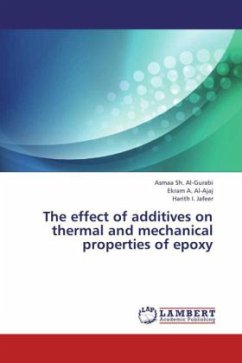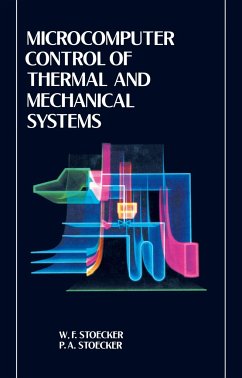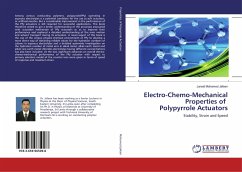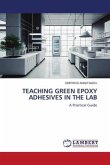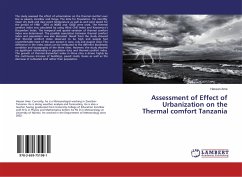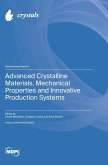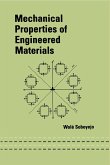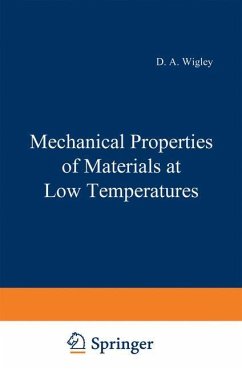Polymeric materials and natural adhesives may serve adhesive functions. Polymer adhesives may be used to join a large variety of material combinations: metal-metal, metal-polymer, metal-ceramic, and so on. Thermosets, such as epoxies, are now widely used as structural matrices for high-performance composites and as adhesives in joints.The properties that can be improved by forming a composite material include strength, stiffness, corrosion resistance, wears resistance, attractiveness, weight, fatigue life, temperature dependent behavior, and thermal conductivity Particulate composite materials are composed of two phases. The first phase is termed matrix, which is continuous and surrounds the other phase, which is often called the dispersed phase In this study, the mechanical (bending and tensile adhesion force) and thermal (thermal conductivity) properties were studied. Particulate composites consist of epoxy as a matrix with metal (Al, Cu, and Fe) and metal oxides as particle fillers.
Bitte wählen Sie Ihr Anliegen aus.
Rechnungen
Retourenschein anfordern
Bestellstatus
Storno

